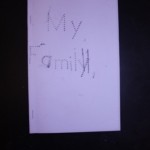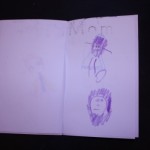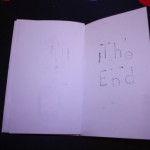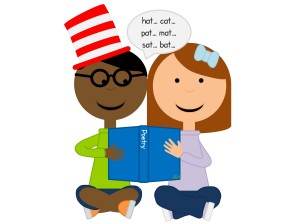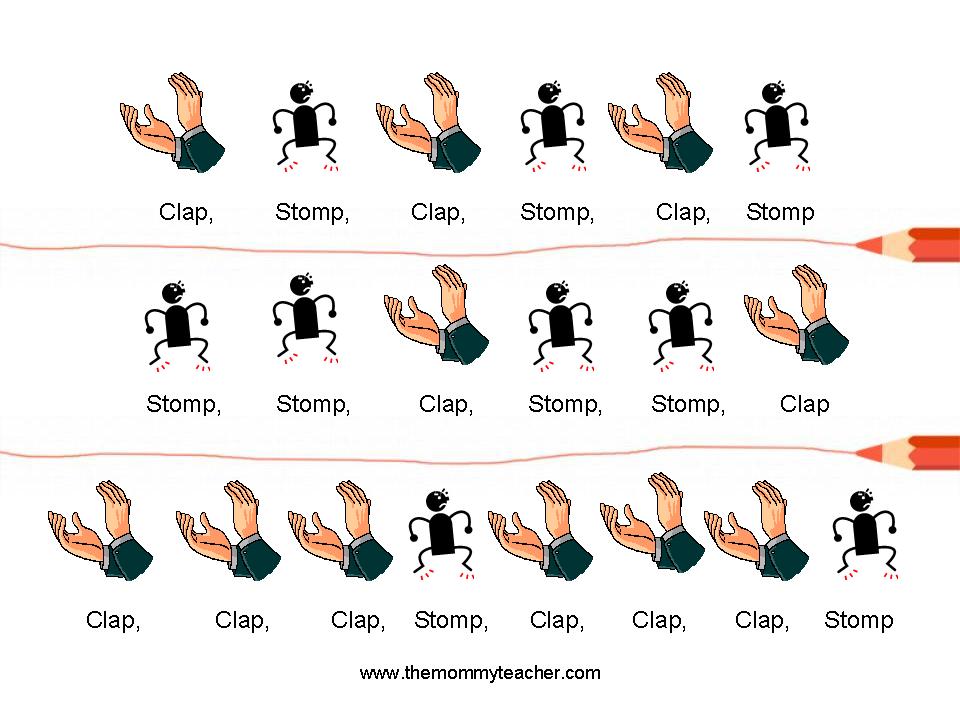Maybe you took my advice and purchased some cubes, maybe you didn’t haha, but that’s okay, we’ll try to work with what you have. All that to say, today, I want you using different color cubes (blocks, LEGO’s or something that can attach together) to represent the movement patterns we have been developing over the last couple pattern lessons.
If you read the post “Math On My Fingers” you might remember the “I do, we do, you do” teacher strategy. First you will model an example of how to do the activity, then you will do one with your little one, and then you will see if he/she can do one on his own.
Pour out the blocks on the floor/table in the room you are working. Start out with a movement pattern. “I am going to make a pattern with my hands, can you join me when you think you know what it is: (snap, clap, snap, clap, snap, clap….). Good job! How many different motions did I do with my hands? (wait for a response) Well, let’s see, I snapped and I clapped…..so, I did two different things with my hands. So I am going to pick two different colors and I’m going to try to make that pattern by snapping them together and repeating it over and over just like my sounds (build a tower like this: red, blue, red, blue, etc.). See, if I were to read the colors it would sound just like my movement pattern: snap, clap, snap, clap. Do you think you can make my pattern with two different colors? I’ll help you 🙂
Let’s try one together with new motions and new colors.
Finally, can you make one up all by yourself?
This should be the sequence of the activity. If you have ANY problems, questions, or roadblocks, please
I’d love to help in any way I can.
But remember to make it fun, keep the duration as long (or short) as their attention span can handle, and practice this same skill over and over again before you move on to the next pattern skill 🙂


